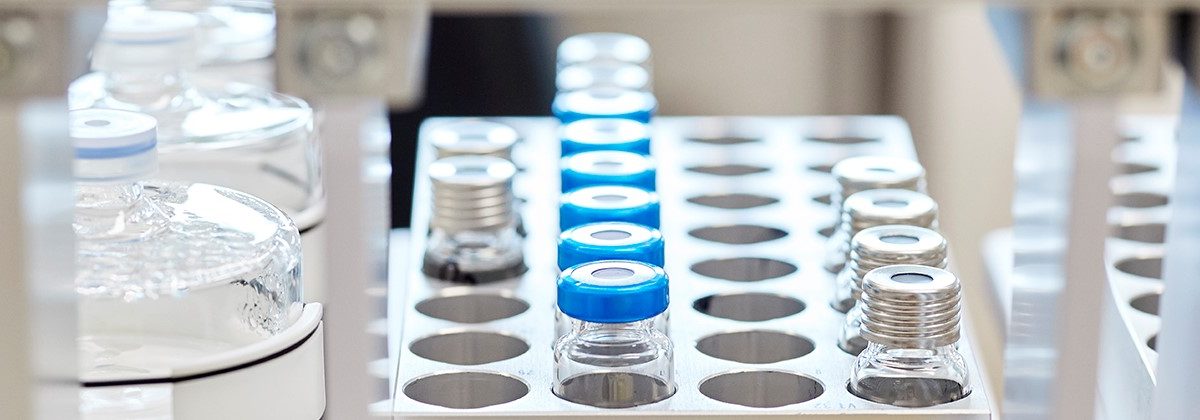How we research new medicines
Our research focuses on science related to the immune system and human genetics, while leveraging advanced technologies including functional genomics, artificial intelligence and machine learning – all of this is driven by the multiplier effect of Science x Technology x Culture. Creating a new medicine is a long and rigorous process, and it can take up to 15 years to progress from a promising idea in the research laboratory through clinical development to a medicine receiving approval from regulators.
Our goal is to achieve a sustainable flow of meaningful new treatments, utilising modalities such as small molecules, antibodies, antibody drug conjugates and cells, either alone or in combination. We begin the search for a new medicine by looking into what processes in the body lead to a disease or create the symptoms. This starting point is based on both our own research and broader knowledge within the scientific community. Research – identifying a new approach to treat a disease or condition We use the growing understanding of biology to identify ‘targets’. A target is a molecule or pathway in the body (for example, an enzyme) that contributes to the development of a disease or its symptoms. Initially, it is important to build confidence that the target we select is valid, meaning that it affects the disease process in the way that the science suggests. The recent explosion in biological data and the advances in technology present a huge opportunity for the pharmaceutical industry to uncover insights about diseases that to date have been out of reach of medical science. The unprecedented amounts of genotypic and phenotypic data, and maturing technologies such as functional genomics and machine learning will help us identify the best disease targets with higher success rates. Once a target has been identified and validated, the next step is to find molecules that might inhibit or enhance the target’s activity. Current techniques allow many hundreds of compounds to be screened very quickly for this activity. Compounds that initially show the effect we want are called 'hits'.



